
Tags
Loading...
Select from existing tags
Winter 1899
by Edvard Munch
Landscape was an important genre for Munch. In the years around the turn of the century, he created a number of landscapes with winter motifs from Nordstrand just outside the capital. In the painting Winter we find ourselves gazing into a dark spruce forest illuminated by light reflected from the snow-covered earth. Although there are no people here, we see traces in the s...
- Credit:
- Courtesy of The National Gallery of Norway
More from this artist...
Loading...
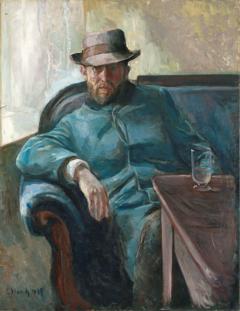
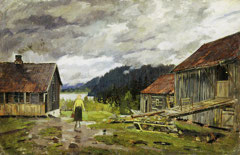
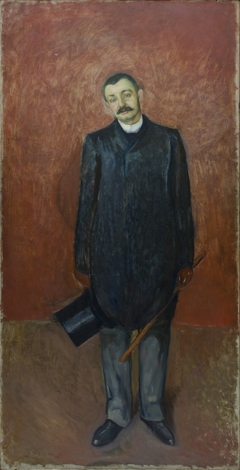
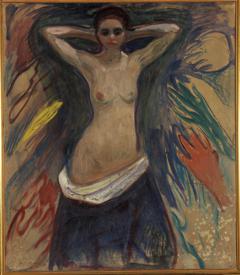
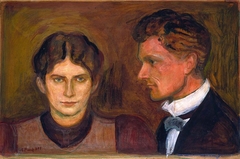
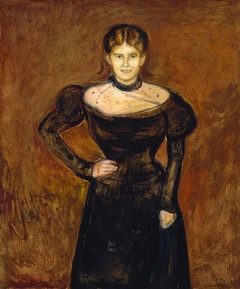
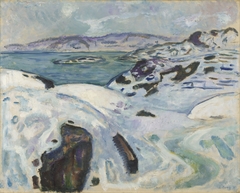
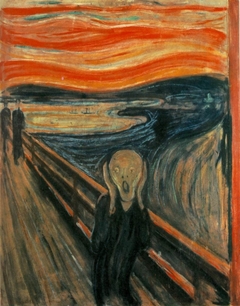
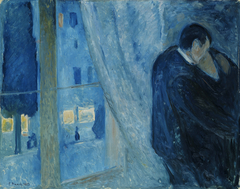
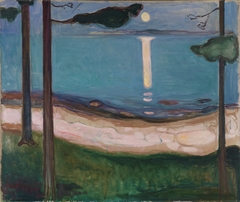
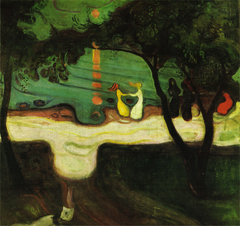
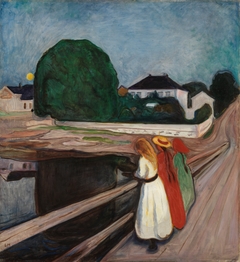

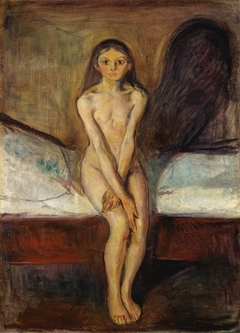
Discussion